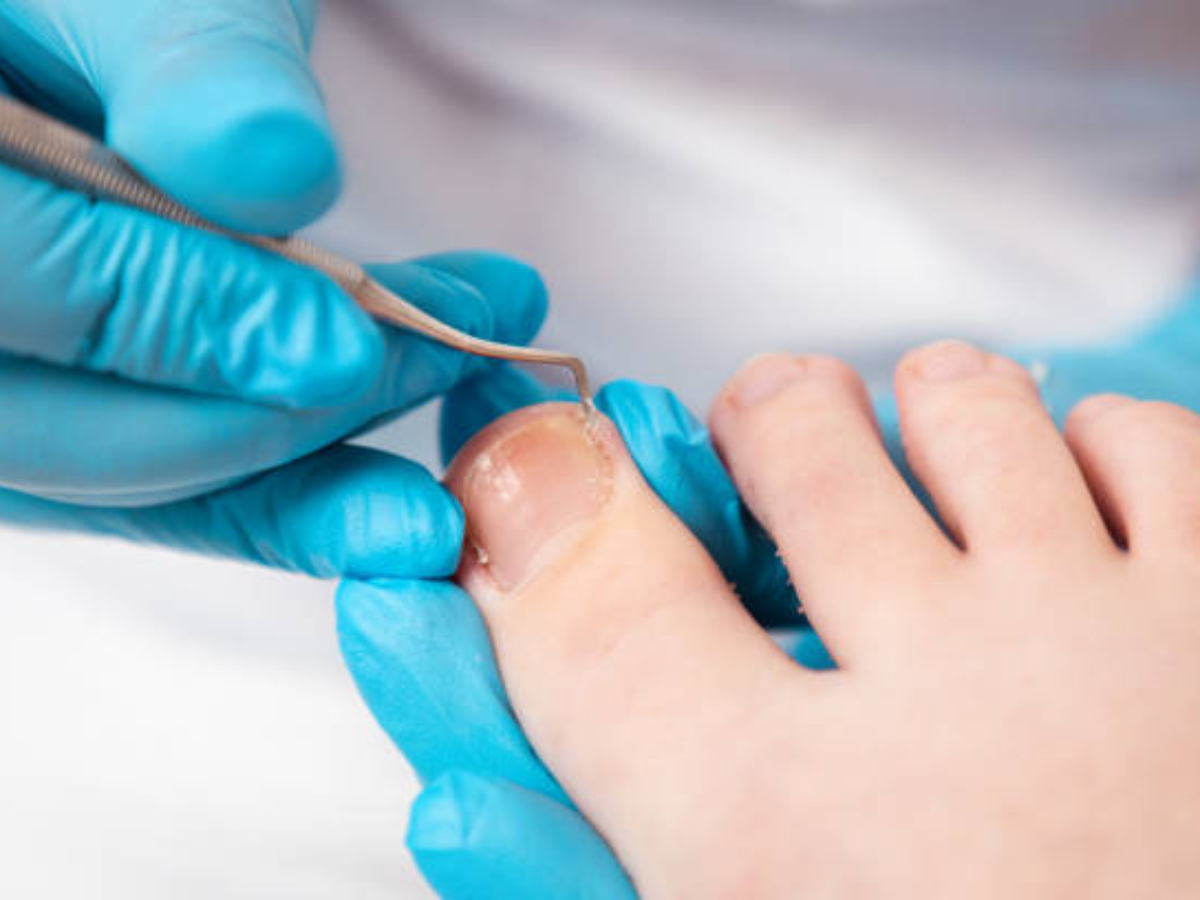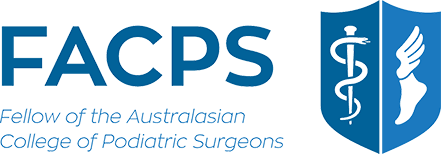The road back to school and sport - How can my child avoid the pitfalls of pre-season training?
Thankfully we seem to be over the initial threat of COVID-19 and as things return to some semblance of normal and some restrictions are relaxed, we hopefully will see a return to team sport for our kids.
And because the usual pre-season training didn’t get a chance to take place, our kids may be wanting to take off full throttle. At Junction Foot and Ankle Group we know all about overuse injuries which can occur in kids just as well as adults. These can be quite painful and distressing for your young athlete.
It's important parents and coaches transition kids into team sports with ease. Despite the many opportunities for online exercise which our kids may have been involved with over the last few weeks, most of them have come off the back of a lazy period, where they have been relaxing, eating you out of house and home and growing like weeds. Soon they may get the call to front up to training and everyone will be super keen to get back into shape.
To understand what is happening we need to unpack the relationship between training and children a bit more.
Training Load
Load is the term we use for the amount of activity performed. Risk of injury increases with quite small changes in load. A recent high-quality review paper (Windt, J & Gabbett, T, 2017) reinforced the traditional view that when weekly load changes by 10-15% there is a significant increase in injury risk.
Children
Children typically have two growth spurts. When this occurs their bones grow rapidly, the soft tissues around those bones adapt and lengthen over the next couple of months. While the soft tissues are catching up, they are under slightly more stress.
The perfect storm happens when kids start pre-season training after a summer of inactivity
whilst undergoing a growth spurt. The two most common injuries in this situation are:
- Sever’s disease – or heel pain in kids, and
- Osgood Schlatter’s disease – or knee pain in kids
Both these conditions are the same problem occurring in different locations. Despite their scary name, they are definitely not diseases.



